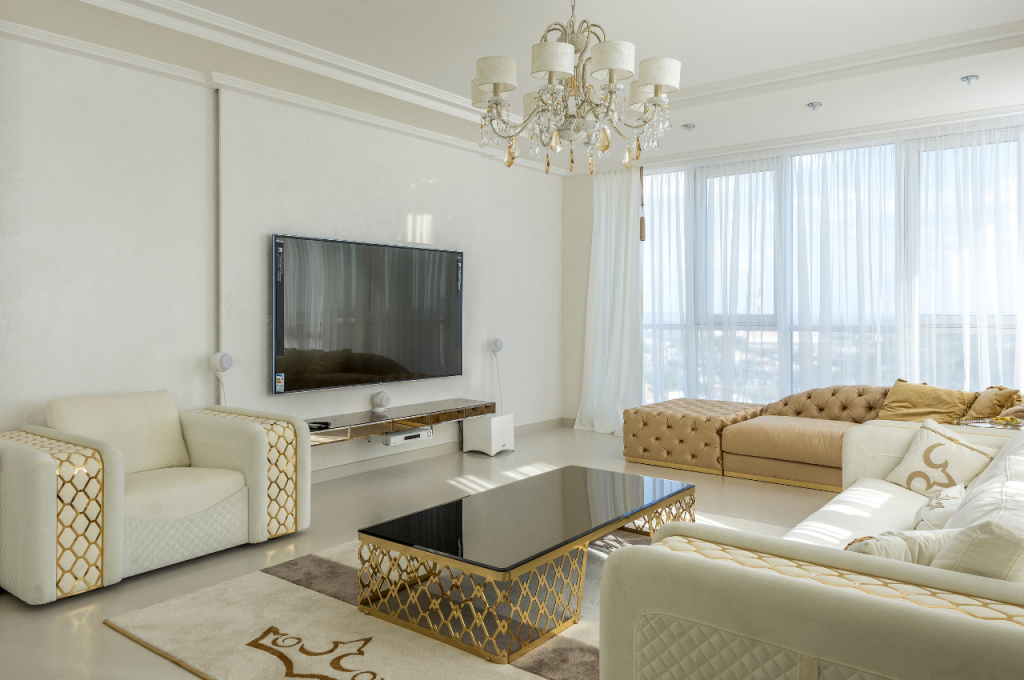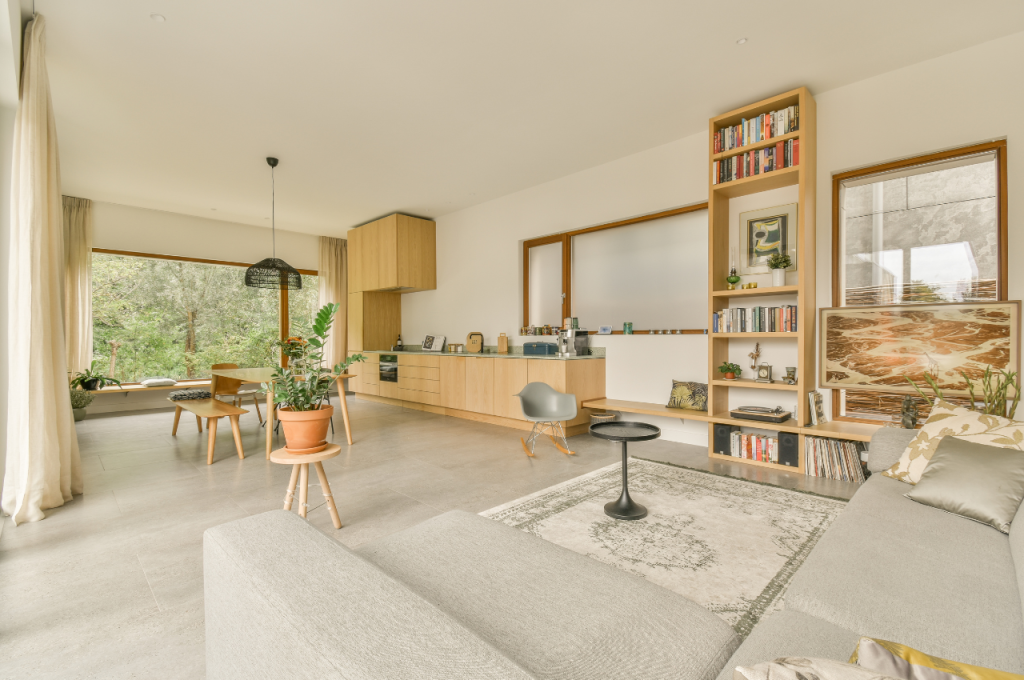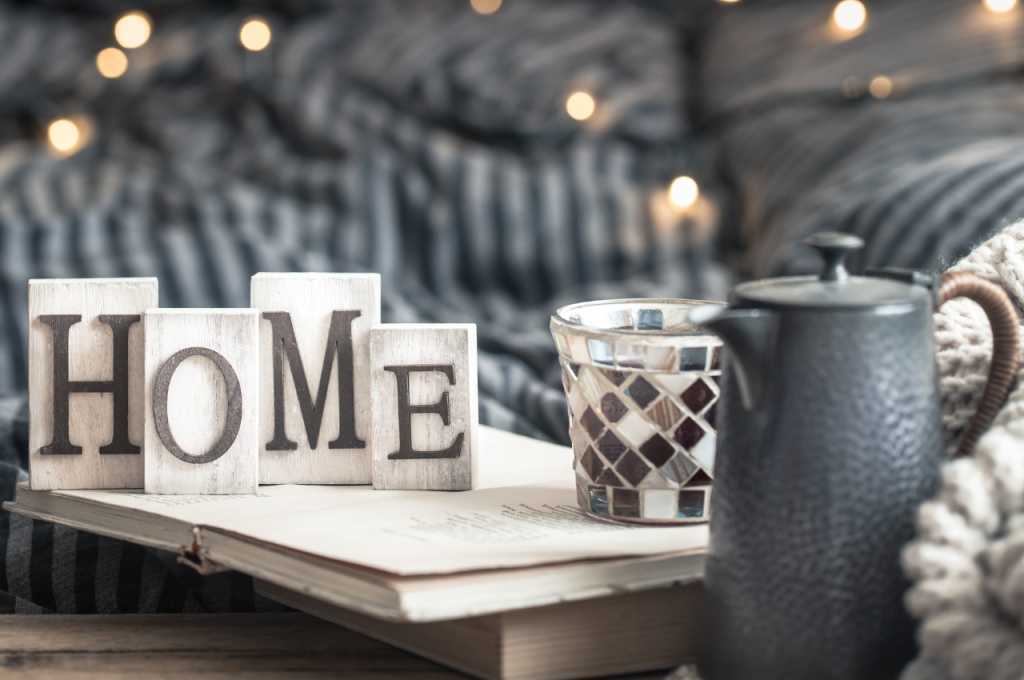To decorate a homeroom, start by choosing a cohesive color scheme and focal point for the space. Next, consider the layout and function of the room, and select furniture and decor that complement the style and purpose of the area.
Creating an inviting and personal space can significantly enhance your overall home environment. By incorporating your style with elements such as artwork, lighting, textiles, and plants, you can transform a room into a compelling and harmonious retreat. Thoughtful arrangement of furniture and strategic use of colors can make a small room appear more spacious, while the right combination of textures can add depth and visual interest.
Remember to also consider practical aspects such as storage solutions and multipurpose furniture to optimize the functionality of the room.
Selecting A Theme
When decorating a homeroom, the selection of a theme is essential. It sets the tone and style, guiding the overall design choices and creating a cohesive look that reflects your personality and preferences. Whether it’s a modern, minimalist, or rustic theme, carefully choose a theme that resonates with you and complements the room’s purpose and architecture.

Consider Your Style
Considering your style is essential when decorating your home room. Start by assessing your preferences, including colors, patterns, and overall aesthetic.
Explore Different Design Styles
Research various design themes such as modern, traditional, minimalist, or bohemian. Selecting a Theme When decorating a homeroom, choosing a theme can set the tone for the entire space. It’s important to consider your style. Explore different design styles to find what resonates with you.
Choosing Colors and Textures
When it comes to decorating your homeroom, one of the most important factors to consider is choosing the right colors and textures. The colors and textures you select can have a significant impact on the overall look and feel of the space. In this section, we will explore the fascinating world of color psychology and discuss how mixing and matching textures can create a visually stunning room.
Understanding Color Psychology
Colors have the power to evoke emotions and set the mood in a room. Understanding the basics of color psychology can help you make informed decisions when choosing colors for your home room. Here are some key concepts to keep in mind:
- Warm colors: Colors such as red, orange, and yellow are associated with energy, enthusiasm, and warmth. Adding touches of these colors can infuse a vibrant and cozy atmosphere into your room.
- Cool colors: Colors like blue, green, and purple tend to create a calming and serene environment. These colors are perfect for bedrooms or spaces where relaxation is a priority.
- Neutral colors: Colors like white, beige, and gray are versatile and timeless. They provide a clean and sophisticated backdrop and can be easily paired with other colors and textures.
- Accent colors: Adding pops of bold and vibrant colors as accents can create visual interest and make a statement in your room. These colors should complement the rest of your color scheme.
Now that you have a basic understanding of color psychology, you can consider which colors will best suit the purpose and atmosphere you want to create in your home room.
Mixing and Matching Textures
Textures are essential elements that add depth and dimension to your room. Mixing and matching different textures can create a visually appealing and inviting space. Here are some tips to help you get started:
- Consider the scale: Mix textures of varying scales to create balance and visual interest. For example, pair a smooth leather sofa with a chunky knit throw or a sleek glass coffee table with a fluffy rug.
- Combine contrasting textures: Combining opposing textures such as smooth and rough or shiny and matte can create a dynamic and visually engaging room. For instance, pair a velvet chair with a rustic wooden table.
- Play with textiles: Introduce different textiles like cotton, silk, wool, or leather to add texture and tactile sensations. These materials can be incorporated through pillows, curtains, rugs, or upholstery.
- Layer textures: Layering textures can create depth and visual richness. Add layers by combining different fabrics and materials in your bedding, curtains, or seating arrangements.
By carefully selecting and mixing textures, you can create a room that not only looks visually appealing but also feels comfortable and inviting.
Furniture Arrangement
When it comes to decorating your home room, furniture arrangement plays a crucial role. The way you arrange your furniture can greatly impact the functionality and visual appeal of the space. In this section, we will cover two important aspects of furniture arrangement: creating functional layouts and maximizing space.
Creating Functional Layouts
Creating a functional layout for your furniture is essential to make the most of your room’s space. A well-planned layout not only enhances the usability of the room but also ensures a sense of balance and harmony. To achieve this, consider the following tips:
- Start by assessing the purpose of the room and identify the primary activities that will take place there.
- Take measurements of the room to better understand the available space and plan your furniture placement accordingly.
- Arrange your furniture in a way that promotes easy movement and flow throughout the room.
- Consider the placement of windows, doors, and focal points when arranging your furniture.
Maximizing Space
Maximizing the space in your room is especially important if you have limited square footage. By utilizing clever furniture arrangement techniques, you can create the illusion of a larger and more open space. Here are some ideas on how to maximize space:
1. Choose furniture with built-in storage:
Opt for furniture pieces that offer hidden storage solutions, such as ottomans with hidden compartments or beds with built-in drawers. This allows you to store items out of sight, keeping your room clutter-free.
2. Use multipurpose furniture:
Invest in furniture that serves multiple purposes. For example, a sofa bed can provide seating during the day and transform into a comfortable sleeping area at night. This saves both space and money.
3. Utilize vertical space:
Take advantage of vertical space by incorporating tall bookcases or wall-mounted shelves. This not only provides additional storage but also draws the eye upward, creating an illusion of height in the room.
4. Keep it minimal:
Avoid overcrowding your room with too much furniture. Stick to the essentials and select pieces that are proportionate to the size of your room. Embrace a minimalist approach to create an airy and spacious feel.
Lighting and Ambiance
Creating a warm and inviting atmosphere in your home starts with lighting and ambiance. The right lighting can transform a room, making it cozy or bright, depending on the mood you want to set.

Using Various Lighting Sources
- Diversify lighting sources for a balanced feel.
- Incorporate overhead, task, and accent lighting.
- Utilize floor lamps, table lamps, and wall sconces.
Setting the Mood With Lighting
- Adjust brightness levels for different occasions.
- Install dimmer switches for versatility.
- Choose warm hues for a cozy vibe.
Accessorizing and Artwork
When decorating a homeroom, accessorizing and artwork play a crucial role in adding personality and visual interest to the space. Whether it’s displaying personal collections or selecting the right art and decor pieces, these aspects can truly elevate the overall ambiance of the room.
Showcasing Personal Collections
One way to infuse a sense of individuality into the room is by showcasing personal collections. From vintage trinkets to family heirlooms, displaying these items can add a unique touch. Consider arranging them on a dedicated shelf, in glass cabinets, or as part of a gallery wall to create an eye-catching display.
Choosing Art and Decor
When it comes to selecting art and decor pieces, it’s essential to consider the style and theme of the room. Opt for artwork that resonates with your taste and complements the color scheme. Additionally, incorporating diverse textures such as metal wall art, canvas paintings, or sculptural pieces can add depth and visual intrigue to the space.
Plants and Greenery
Plants and greenery can breathe new life into your home, adding freshness, color, and a touch of nature to your space. In this guide, we’ll explore the benefits of incorporating plants into your home decor and provide tips for selecting the perfect greenery for your space.
Incorporating Indoor Plants
Adding indoor plants to your home room can bring a touch of nature indoors, creating a tranquil and inviting atmosphere. When choosing indoor plants, consider the available space and lighting conditions to select plants that thrive in your home environment.
Remember to vary the sizes and shapes of the plants to create visual interest. You can use a mix of hanging plants, tall floor plants, and smaller potted plants to add depth and dimension to the room.
Benefits of Natural Elements
Introducing natural elements, such as indoor plants and greenery, can have a positive impact on your well-being. Natural elements have been shown to reduce stress, increase productivity, and enhance overall happiness.
Additionally, indoor plants contribute to improved air quality by removing toxins and increasing oxygen levels, making your home a healthier place to live.
Storage Solutions
Creating effective storage solutions in your home room is essential for maintaining a clutter-free and organized space. Utilizing Creative Storage Options and prioritizing Organization and Decluttering can significantly enhance the functionality and aesthetics of your room.
Utilizing Creative Storage Options
Maximize your space by incorporating multi-functional furniture pieces that offer storage compartments, such as ottomans with hidden storage or beds with built-in drawers.
Floating shelves are a stylish and practical way to display items while freeing up floor space. Consider incorporating storage baskets or decorative boxes to conceal smaller items and keep your room tidy.
Organization and Decluttering
Start by assessing your belongings and decluttering items that are no longer needed or used. Implement storage systems such as cubbies, bins, and hooks to categorize and store items effectively.
Labeling containers and storage units can help you quickly locate items and maintain organization. Regularly purge items to prevent the accumulation of unnecessary clutter.
Personal Touches
When it comes to decorating a homeroom, adding personal touches is essential. These unique elements make a space truly yours and create a sense of comfort and warmth. Adding custom DIY projects and showcasing sentimental items are two great ways to infuse your personality into your home decor.
Adding Custom DIY Projects
One of the easiest and most cost-effective ways to personalize your homeroom is by adding custom DIY projects. These projects not only reflect your creativity but also add a charming and distinctive touch to the space. Here are a few ideas to get you started:
- Create a Diy gallery wall with your artwork or photographs. Mix and match frames, sizes, and styles to create a visually interesting display.
- Design and paint your accent wall. Choose a unique color or pattern that complements the overall decor of the room.
- Make your own throw pillows or cushion covers using fabric, sewing supplies, and a bit of creativity. This allows you to incorporate your favorite patterns, colors, and textures into the room.
By adding these custom DIY projects, you’ll not only elevate the room’s design but also showcase your artistic abilities and personal style.
Showcasing Sentimental Items
Another way to add a personal touch to your homeroom is by showcasing sentimental items. These items carry memories and emotions, making them special and meaningful to you. Here are some ideas on how to incorporate sentimental items into your decor:

- Create a display shelf or table where you can showcase family photographs, antique treasures, or trinkets collected from your travels.
- Hang a wall-mounted corkboard or picture frame where you can pin or display handwritten notes, postcards, or tickets from memorable events.
- If you have any heirlooms or keepsakes passed down through generations, find a prominent place to display them as a reminder of your family history.
By showcasing sentimental items in your home room, you not only bring a personal touch to the decor but also surround yourself with reminders of cherished memories and loved ones.
Conclusion
Decorating your homeroom is a creative and personal endeavor that requires thought and planning. By applying the principles of balance, harmony, and functionality, you can create a space that reflects your personality and style.
Remember to prioritize your needs and preferences while integrating aesthetic appeal for a harmonious and welcoming home environment.

